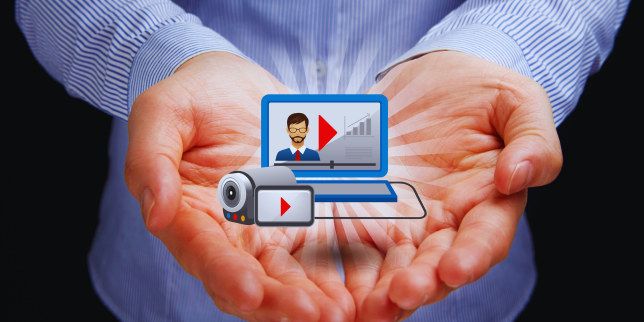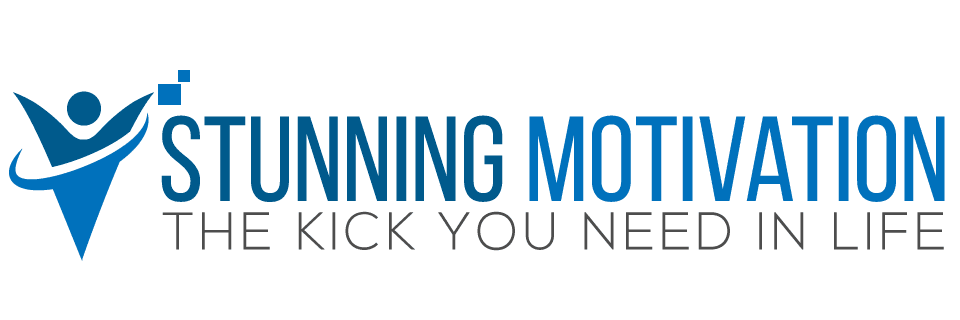Personal development journeys are the stories of our lives. They are the accounts of our daily struggles and triumphs, our successes and failures, our highs and lows. Personal development journeys can be as simple as an account of what we ate for breakfast or a detailed description of how we overcame some personal challenge.
Video content has become the most-used form of media on the web. It’s not hard to see why: it’s an engaging way to share stories and experiences, and it allows us to connect with others in a more direct way than any other medium.
Video is also a great tool for documenting personal development journeys because it provides a visual representation of events that can be shared with others.
Let’s dive in and take a look at how you can use video to document your personal development journey.
Benefits of Sharing Personal Development Journeys through Video
Sharing your story can be a powerful way to inspire and motivate others who are in similar situations. People who have gone through similar challenges may be able to relate to what you’ve been through and find comfort in knowing that they aren’t alone.
It can be difficult to find the right people to support you when you’re in the middle of your personal development journey.
You may not have very many friends who will understand what you’re going through or how to help. Because video is a medium that can reach a wide audience, it’s possible to tap into an online community that shares your values and experiences.
One of the most important aspects of self-development is holding yourself accountable. Many people find it difficult to stick to their goals because they have nobody else pushing them along the way.
Without accountability, it’s easy for people to fall into a rut and stop taking action when things get tough. Tracking progress can be an important part of keeping yourself accountable as well. It helps you see how far you’ve come and realize that even small wins are still wins!
Types of Video Content for Sharing Personal Development Journeys

It can be difficult to know exactly what type of content to create when you’re just starting. Here are some ideas that might help:
1. Vlogs: Sharing experiences, challenges, and lessons learned
A vlog is a video blog, or a series of videos that tell the story of your journey. You can share what you’re learning, what challenges you face and how you overcome them, and how it feels to be working toward your goals.
2. Educational videos: Providing tips, strategies, and insights
Educational videos are a great way to share your knowledge with others. You can create tutorials on how to use a product, how to do something specific in your industry (like make a video), or give tips about productivity and time management.
3. Testimonials: Sharing personal transformation stories and milestones
Testimonials are a great way to share the impact you’ve had on other people’s lives. You can show how your product or service has helped people overcome challenges, reach their goals, and improve their lives in some way.
PRO TIP: Elevate your Personal Development Journey by harnessing the power of a video editor tool to craft compelling and shareable videos, turning your experiences into impactful narratives that inspire and resonate with your audience.
Tips for Creating Effective and Inspiring Video Content

1. Authenticity and vulnerability: Sharing genuine experiences and emotions
When you’re creating video content, it’s important to be genuine. People want to see what’s behind the scenes of your business, and they want a chance to connect with you on an emotional level. Sharing your story is one way to do this, but you can also share some of your personal experiences as well. For example:
- How did you get started in your industry?
- What challenges have you faced along the way?
2. Storytelling techniques: Structuring videos to engage and resonate with viewers
You can structure your video content in several different ways, which will help you connect with viewers and keep them engaged throughout the entire video. A few examples include:
- Using call-to-action phrases at the beginning and end of each video.
- Giving people an idea of what to expect before they watch it (i.e., this is what we’re going to talk about today).
- Making sure that each section of your video has a clear purpose
3. Visual and audio elements: Enhancing video content with compelling visuals and sound
There are several different ways to use visuals and audio to enhance your video content. Some examples include:
- Using graphics and animations to help people follow what you’re saying.
- Addressing each person individually by using their name or referring to them as “you.”
- Adding music or other background sounds that match the theme of your video (i.e., if it’s about customer service, maybe use some soft piano music).
Ethical Considerations and Boundaries

Making yourself vulnerable to your audience can be an incredibly powerful way to connect with them. However, it’s important to know when and how far to go in sharing personal stories.
If you’ve ever watched a video where someone shares something really personal about their life, then suddenly starts promoting something (like a product or service), it feels like they’ve crossed a line that shouldn’t be crossed.
When sharing your story as part of your marketing plan, make sure there is a clear connection between what you’re saying and why people should care about it.
One of the most important things you can do when sharing personal stories is to ensure that you are doing so in an ethical manner. This means that you should never misrepresent yourself or your audience in any way, and also not share anything about them (or other people) without their permission.
Privacy laws vary by country, but the general rule is that if someone doesn’t want something to be shared publicly then it shouldn’t be.
Online interactions can be especially tricky, since it’s easy for people to hide behind a screen. You never know how someone might react to what you say, but there are ways to handle this.
First, if someone has said something negative about you (or your work), don’t immediately respond in kind. Instead, ask yourself questions about what was said and why; do not make assumptions based on just one comment by someone else (even if they’re right).
If you feel like there is more context missing from their point of view then try asking them questions that will help flesh out their perspective; if you feel like they’re being unfair or unreasonable (or if they’ve made personal attacks on you), then it’s probably best not to engage further.
And finally, if someone has said something positive about you (or your work), don’t immediately respond in kind. Instead, ask yourself questions about what was said and why; do not make assumptions based on just one comment by someone else (even if they’re right).
Connecting with Others through Video Content

While it’s important to learn how to respond effectively when someone has said something negative about you or your work, it’s also important to understand how to connect with others. One way is by engaging with viewers in discussions and collaborations; another is through comments on your videos.
One of the best ways to connect with others is by building a supportive community. This can be done by creating an online forum where people can come together and discuss topics that interest you. It may seem daunting at first, but most forums require only a few steps to get started.
There are many ways you can provide support to others. You can create a blog and share your experiences with others who are interested in the same topic. This can be valuable if you’re passionate about a certain area of expertise, such as photography or technology. You could also write about how someone can get started with something new or share tips on how to improve their skillset.
Case Studies and Success Stories
Case studies are great because they allow you to highlight the successes of other people. These can be used as examples of what others can achieve if they follow through on their goals and take action. This is also a way for you to show your audience that they can get results too, if they put in the effort.
Case studies are a great way to show your audience how you’ve been able to help others and what impact you’ve had on their lives. You can also share stories about how people have been influenced by what you do, which can be inspiring for them as well. The key is to make sure that whatever story you tell shows off your personality and character in a positive light.
Takeaway
In conclusion, sharing personal development journeys through video content has emerged as a powerful way to inspire, educate, and connect with others.
By documenting and sharing experiences, challenges, and lessons learned, individuals can provide motivation and support for others on similar journeys. Video content allows for authenticity and vulnerability, creating a genuine connection with viewers. It also provides a platform for building a supportive and engaged community of like-minded individuals.
However, it is important to establish ethical boundaries and respect privacy while sharing personal journeys. By leveraging the power of video, individuals can make a meaningful impact, provide valuable resources, and create a positive influence in the personal development sphere.
Overall, using video content to share personal development journeys is a transformative tool that fosters personal growth, inspires others, and creates connections that can transform lives.


